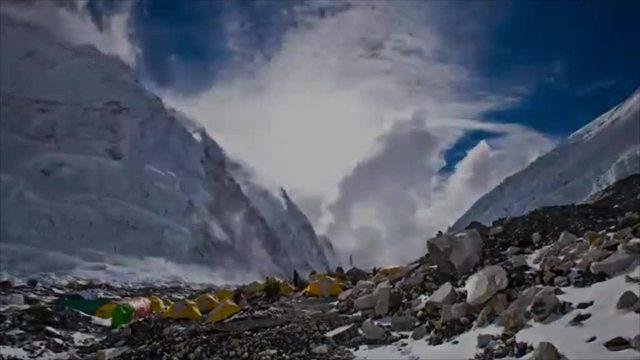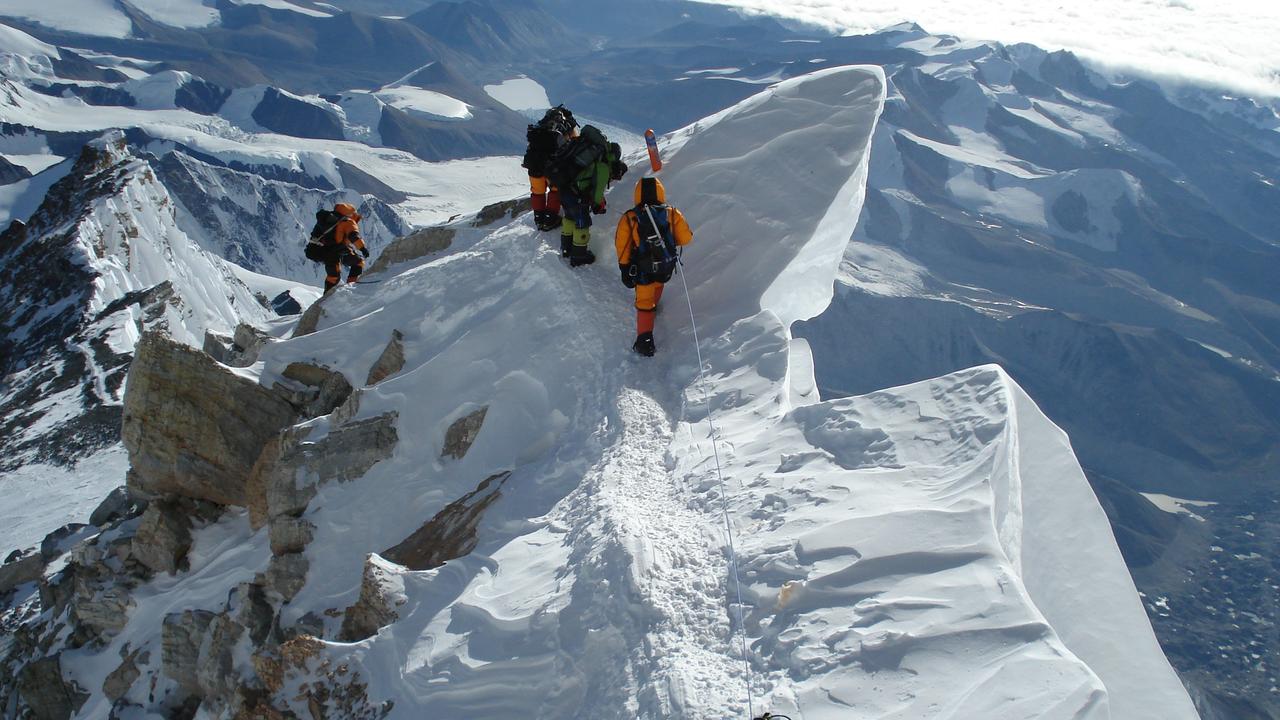Ice on Mt Everest that took 2000 years to form melts in just over two decades
Researchers have made a devastating discovery towards the top of the highest mountain in the world, which is melting faster than ever before.

The highest glacier on the world’s tallest mountain, a site that lures mountaineers from around the world each and every year, is losing thousands of years worth of ice in just decades.
A new finding shows that at the top of Mt Everest, where a glacier took 2000 years to form, has melted completely in around 25 years. Essentially meaning, as reported by CNN, the glacier thinned out around 80 times faster than it formed.
The researchers, which included both scientists and climbers, scaled Everest in 2019 and collected samples from a 10-meter-long ice core.
Stream more than 20 global & local news sources with Flash, a dedicated news streaming service. New to Flash? Try 14 days free >

The team then installed two automatic weather stations – now the highest in the world – to determine whether the most out of reach places (in this case, at a height of 8849m) impacted by human activity.
“The answer is a resounding yes, and very significantly since the late 1990s,” expedition leader Paul Mayewski told CNN.
“It’s a complete change from what has been experienced in that area, throughout probably all of the period of occupation by humans in the mountains.
“And it’s happened very fast.”
Mr Mayewski said that while the change in the glacier at the top of Everest could have started as early as the 1950s, the intensity of the ice loss has been more significant since the late 1990s.

The research team said that because the glacier is now more ice over ‘snowpack’, it cannot reflect the sun and in turn – melts quicker.
“We’re hoping that what’s happened high up on Everest will be another iconic call and demonstration,” Mr Mayewski said.
The rapid glacier melt could have significant impacts on the expeditions mountaineers travel from around the world to complete, with around 800 making it to the top each year.
In addition this week, a Swiss-funded study showed that glaciers are retreating faster globally due to climate change but they melt more quickly when they flow into a lake than when they end on land, with consequences for water supplies.
This particular research was the first large-scale, detailed analysis of the phenomenon in mountain glaciers and could help forecast major water shortages and huge flood waves.
It examined all 319 glaciers in the eastern and central Himalayas with a surface area of more than 3sq km – crucial ice reserves that feed major rivers like the Ganges and Brahmaputra, and supply water to half a billion people.

As rising temperatures cause the leading edge – the tongue – of a glacier to melt, the retreating ice leaves behind deposits of rock debris.
These “terminal moraines” form a natural barrier. Melt water from the glacier may then accumulate in the depression behind the dam, eventually forming a new lake.
If the tongue of the glacier extends into this lake, the ice flows twice as fast on average and it therefore melts faster too, according to the study financed by the Swiss National Science Foundation.
“The findings were clear: glaciers that flowed into a lake moved on average almost 20 metres per year; in other words, more than twice as fast as those that terminated on land,” they said in a statement.
One possible reason for this acceleration is that the tongue of the glacier is buoyed up in the water and therefore has less resistance to overcome.
Scientists already knew that glaciers move faster when they flow into the sea or a lake, but this study is the first time the phenomenon has been examined in detail, and on a large scale, in mountain glaciers.

It found that lakes formed in 20 per cent of all the Himalayan glaciers analysed, with important consequences for human and natural populations in the catchment areas.
If glaciers flow more rapidly, the water reserves stored in the ice will also be exhausted more rapidly and rivers will receive less water, the study explained.
“Until now, the accelerating effect of glacial lakes has not been taken into account in predictions,” said lead researcher Tobias Bolch of the University of Saint Andrews in Scotland.
“So water shortages in the affected regions of Asia could occur sooner than expected.”
The findings can also be used to calculate more accurately how quickly glacial lakes will fill up and thus when there is a risk of the terminal moraine dam being breached, resulting in a huge flood wave.
– With AFP






